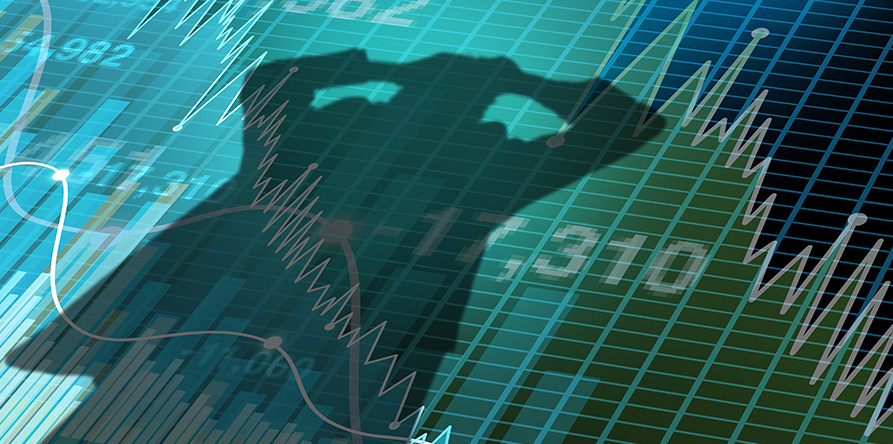
3 reasons investors should avoid reacting to stock market volatility
Author: Mallika Mitra
Source: MONEY
If you’ve been keeping an eye on your stock portfolio lately, there’s a good chance you’re stressed out. But turning that anxiety into action could be really harmful in the long run.
While watching your portfolio plunge during volatile periods can be scary, pulling your money out of the market during a selloff has huge risks. And trying to guess what the market will do next is nearly impossible.
“Nobody has a crystal ball,” says Tess Zigo, a financial advisor at LPL Financial. “You might get lucky one time when trying to predict the market’s next move, but it’s not a good long-term strategy.”
Here’s why reacting to a market selloff can significantly hurt your investment portfolio.
It’s hard to get back into the market
If you do sell your investments, you have to make another decision: When should you get back into the market?
“In the short term, pulling your money out of the market might be fine,” says Dan Egan, vice president of behavioral finance and investing at online investment advice company Betterment. “But the thing that gets people is once you’re out, it’s hard to convince yourself to get back in, especially in the near term.”
Egan says he often sees investors get nervous about the fact that prices are dropping, so they pull their money out of the market. But even when the market starts to pick back up weeks later, they tell themselves that since it’s been so volatile, they’re not ready to get back in yet. Then the market keeps going up.
“If you didn’t see the point in time after a drop as a good time to get in, it’s very hard to see any subsequent time as a better time to get back in,” Egan says.
These investors often only feel comfortable buying back in after the markets have been going up for a long time. By then, prices are probably higher than when they sold. In other words, they engage in “sell low, buy high” behavior, as Egan puts it, which is the opposite of what you want to do.
Staying invested in the market matters
When you keep your money on the sidelines, you risk missing the stock market’s best days — and it’s really hard to predict when those days may come. Between January 1, 2002, and December 31, 2021, seven of the S&P 500’s best days happened within just two weeks of the 10 worst days, according to J.P. Morgan Asset Management’s 2022 “Guide to Retirement” report.
An investor who bought $10,000 worth of the S&P 500 in 2002 would have seen their money grow to $61,685 if they remained fully invested in the index during the next two decades. But an investor who missed the market’s 10 best days would have seen their money grow to just $28,260. In other words, missing the 10 best days of the market over 20 years would have cut their returns in about half, according to the report.
Zigo says investors should ride out the market’s ups and downs much like they would a rollercoaster. In the same way that you wouldn’t yank your seatbelt off when you’re at the top of the rollercoaster and most scared, you shouldn’t do anything dangerous and impulsive when you’re frightened about the market’s latest drops and turns.
“The reality with the market is we don’t know what it’s going to do over a short period of time — it might have negative returns,” she adds. But if history is an indicator of the future, over the next 10, 20 or 30 years, we’ll see positive returns.
Volatility is part of investing
It can be hard to take a step back and get perspective when your portfolio is in the red, but remember: Ups and downs in the stock market are completely normal.
“Volatility is natural within the world of investing,” says Sam Stovall, chief investment strategist at CFRA Research.
Here’s some perspective: Since World War II, decline and recovery phases of at least 5% in the stock market typically occurred every 100 days, according to Stovall. Meanwhile, declines of 10% take place every 1.6 years on average. Plus, while the S&P 500 may be around nearly 18% off its record high in early January, declines of 10% to 20% typically take only four months to get back to breakeven, Stovall says.
So don’t let your ego convince you that you’re capable of timing the market, and don’t let your emotions drive your decisions.
“If you plan on becoming a market timer, remember that you will have to be correct twice,” Stovall says. “Once when to get out and again when to get back in.”
This article was written by Mallika Mitra from Money and was legally licensed through the Industry Dive Content Marketplace. Please direct all licensing questions to legal@industrydive.com.![]()
![]()

